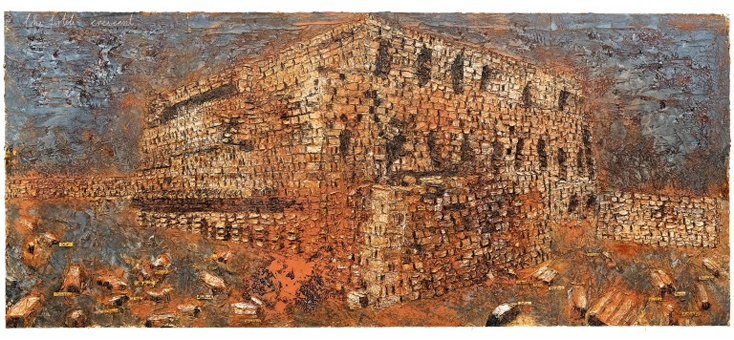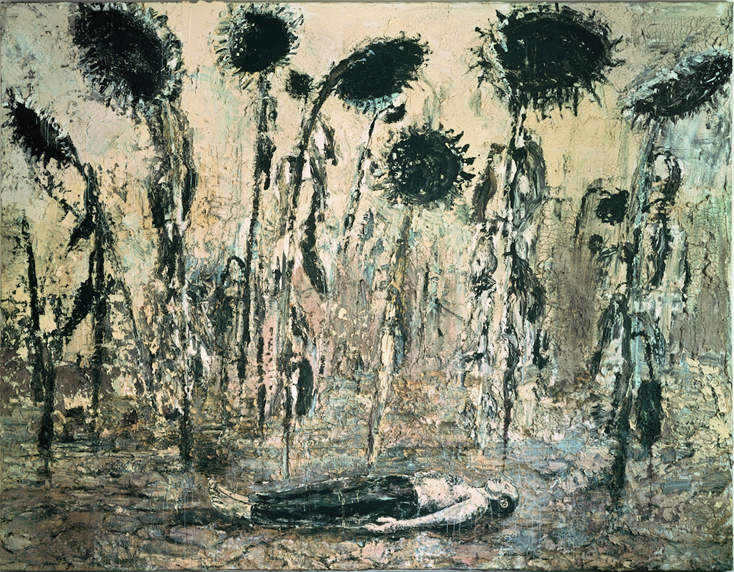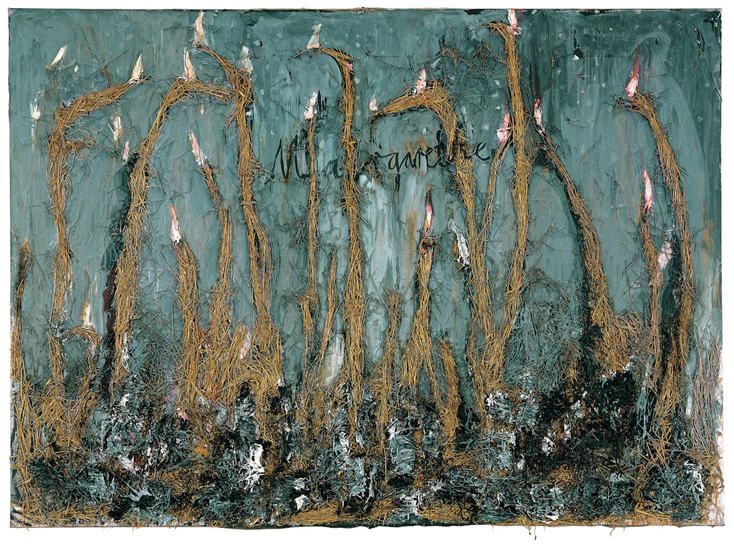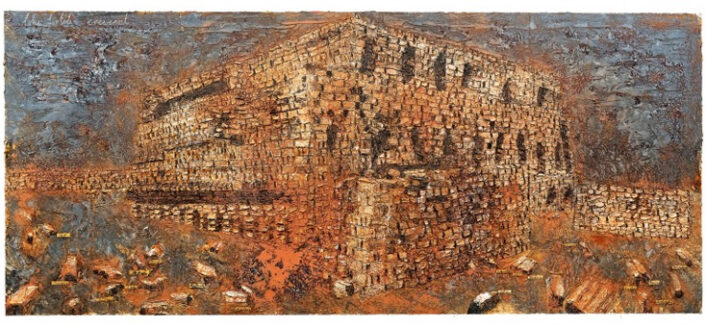Kiefer’s work is uncompromising in its response to the disasters of World War II and other historical traumas. Born two months before the surrender of Germany, Kiefer was among the first generation of German artists to address Nazism, the war, and the horrors of the Holocaust. Born in 1945 in postwar Europe, Kiefer has spent his entire career exploring how his country rebuilt itself in the aftermath of World War II.
Kiefer is unique in that he has never avoided his country’s controversial past history. The guilt and horror of the Holocaust and the Nazi rule wasn’t something represented in art previously to the extent of his expression: Kiefer took on that subject with a vengeance since the beginning of his career in 1969. References to Northern European mythology, composer Richard Wagner’s operas, the history of German philosophy and culture, and the country’s historical predilection for Romantic landscape painting are recurring themes in Kiefer’s work. He also explores how Hitler and the Nazis used symbols and gestures to embolden and empower the German people and how these symbols and gestures have come to provoke sorrow, fear, anger, and remorse.
Incorporating materials such as ash, clay and straw, the pieces The epic scale and perspective of Kiefer’s work sweeps viewers into his pictorial realm, where they may find themselves searching their own consciences.



